December 17th, local time, the American Journal of Science announced its selection of the top ten scientific breakthroughs in 2020, among which the research and development of the novel coronavirus vaccine topped the list, and nine other studies included AIDS, room temperature superconductivity, CRISPR treatment of genetic diseases, global warming and other fields.
Science magazine said in an article that although many countries around the world were hit hard by the COVID-19 epidemic in 2020, scientists still did their best to carry out research, and these research results are the light of hope blooming in the epidemic that will guide them to make greater contributions in the future.
Coronavirus vaccine lights up the light of hope

The novel coronavirus discovered in late 2019 swept the world at an alarming rate. When the world fell into panic, on January 12, Chinese scientists announced the genome of the new novel coronavirus to the world, laying the foundation for scientists around the world to find a response to and cure for the COVID-19 epidemic, and the development of a coronavirus vaccine also began!
Since then, many scientists have devoted themselves to the development of a COVID-19 vaccine! As of December 10, 162 candidate vaccines worldwide are in the development stage, of which 52 candidate vaccines have been clinically tested, and some vaccines have announced the results of three-phase clinical trials. In addition, there has been a surge in research papers related to COVID-19 this year. As of mid-December, more than 200,000 papers have been published in peer-reviewed journals, while more articles have been published in non-peer-reviewed journals.
Countries around the world are still working to contain the COVID-19 epidemic, and the departure of more than 1.6 million living lives also highlights human vulnerability. At the same time, it also reminds us that science can play its greatest role only if we work together.
Jeremy Farah, president of the Wellcome Foundation and a former professor of tropical diseases at Oxford University, said: “I hope that human beings will become smarter and realize how vulnerable human beings are after staring at the abyss, which will also inspire an entire generation to devote themselves to the cause of science.”
CRISPR successfully cured two hereditary blood diseases for the first time.
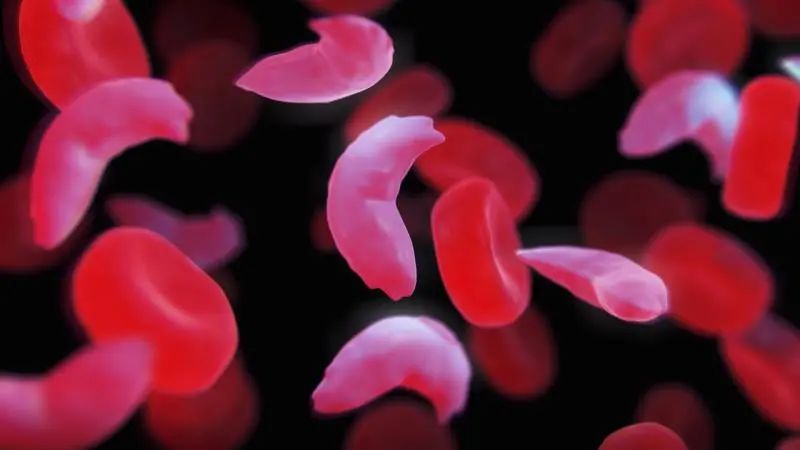
In 2012, the subversive gene editing tool CRISPR was launched. It gave researchers the powerful power to edit crops and animals, bringing a new revolution to the field of scientific research and biomedicine. It became one of the top ten scientific breakthroughs in Science magazine in 2015 and won this year’s Nobel Prize in Chemistry. The laurel of the award.
This year, this “gene magic scissors” once again showed its “magic”: for the first time, it successfully cured two hereditary blood diseases, beta thalassaemia and sickle cell anemia.
To treat three sickle cell disease, the researchers collected immature blood cells from each patient – blood stem cells, and then targeted a “off” switch with CRISPR – which will stop the production of fetal hemoglobin in adults, which can fight sickle. The impact of mutation. After the patient received chemotherapy to clear the diseased blood stem cells, the cells treated by CRISPR were reinjected into the patient.
The two companies that conducted the trial reported in December that the patients were treated 17 months ago and are now producing a large amount of fetal hemoglobin. In addition, after these companies provide this treatment to seven patients with normal blood transfusion for beta thalassaemia, these patients do not need blood transfusions.
The researchers pointed out that the new treatment is comparable to the gene therapy that adds hemoglobin DNA to stem cells to treat these two diseases.
Scientists oppose racial prejudice and support diversity
In May and June this year, protests against racial prejudice intensified in the United States, involving not only ordinary people, but also researchers. On June 10 this year, more than 5,000 scientists around the world went on strike in solidarity with the Black Lives Matter (BLM) protest in the United States. Two well-known academic journals, Science and Nature, ceased operations with them.
The trend of global warming is becoming clearer and clearer.

More than 40 years ago, the world’s top climate scientists gathered in Massachusetts, trying to clarify a simple question: How hot would the earth become if human beings continued to emit greenhouse gases? The most basic climate model shows that if the atmospheric carbon dioxide content doubles compared with before industrialization, the earth will eventually warm up by 1.5 to 4.5 degrees Celsius.
This year, 25 scientists from the World Climate Research Agency narrowed the climate sensitivity range to between 2.6 and 3.9 degrees Celsius. While this study ruled out some of the worst, it almost confirmed that warming would flood coastal cities, exacerbate extreme heat waves and displace millions of people.
Researchers expect these clear prospects to inspire our actions! The carbon dioxide content in the atmosphere has reached 420 parts per million, more than half of the doubling point of 560 ppm. Therefore, unless we take more active action on climate change, mankind may reach this threshold by 2060.
Discover the source of rapid radio storms
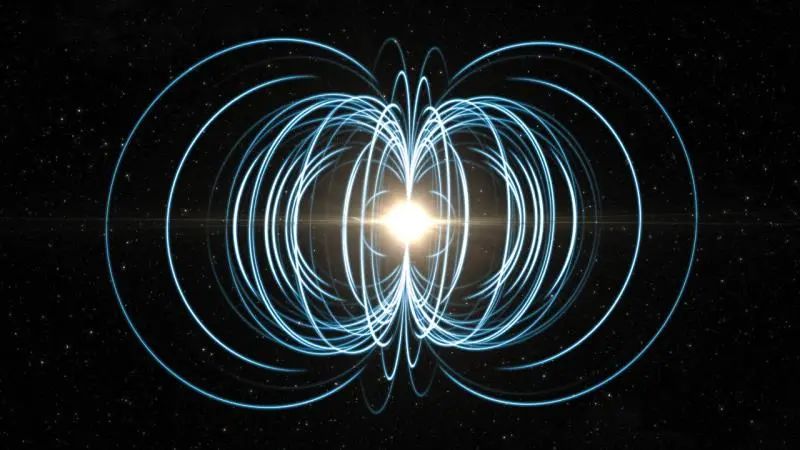
Rapid Radio Storm (FRB) is a short and strong radio wave flicker from distant galaxies. What is its “where is the countryside”? For 13 years, this problem has attracted countless astronomers to “brace over the waist”.
In November this year, Chinese and foreign scientists published an article saying that they combined data obtained from multiple satellites and ground telescopes that SGR 1935+2154, a magnetar in the Milky Way, was the origin of a rapid radio storm observed this year. This is the first time that a rapid radio storm has been identified in origin, and the first time that a rapid radio storm has been observed in the Milky Way.
Although astronomers who study rapid radio storms believe that they have finally found a “perpetrator”, they still don’t know how magnetosar generate rapid radio storms. Researchers believe that they may come from near the surface of magnetar because the magnetic field line breaks and reconnects. Or they may come from farther away, because shock waves impact into the cloud of charged particles, creating laser-like wireless pulses. What kind of situation is it? We can only wait and see for now.
The world’s oldest hunting scene is released.
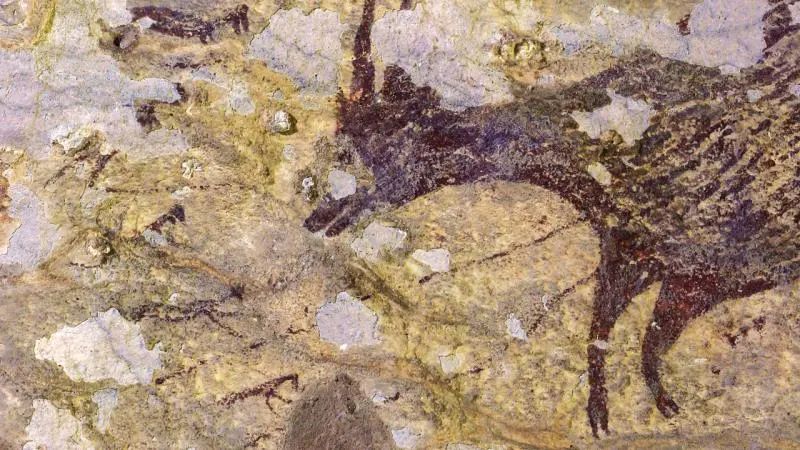
Last December, Australian scientists reported a cave art painting found in Indonesia, which depicts some human-like images of hunting pigs and buffaloes. Using the uranium system method, the researchers dated the 4.5-meter-wide rock art work and found that it can be traced back to at least 44,000 years ago, which is the earliest known hunting scene so far.
Researchers believe that the appearance of orcs in the painting may indicate that cave art in Indonesia expressed religious thinking about the connection between humans and animals long before human beings first made artistic creation in Europe.
AI accurately predicts the three-dimensional structure of proteins for the first time
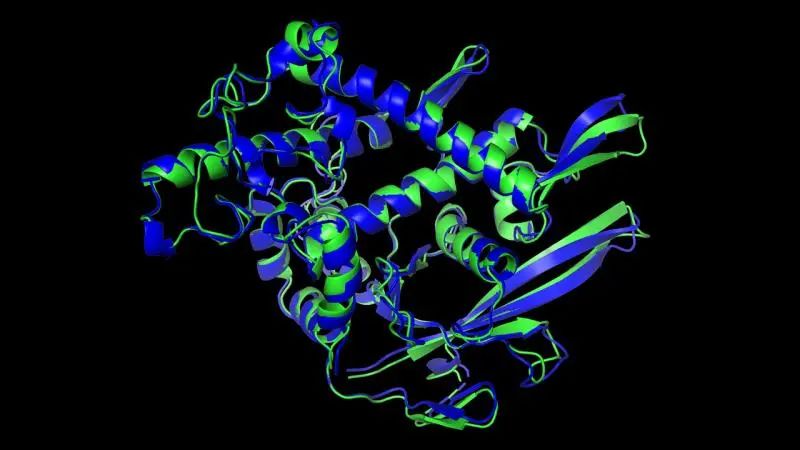
For 50 years, scientists have been working to solve one of the biggest challenges in biology: predicting what precise three-dimensional shapes a series of amino acids will fold into when they “transform” into working proteins. This year, they have achieved this goal.
On December 1, Google’s Deep Thinking announced that its new generation AlphaFold artificial intelligence system defeated the remaining participants in the International Protein Structure Prediction Competition (CASP) to accurately predict the three-dimensional structure of proteins, which can be accurate with cry. Experimental techniques such as o-EM), X-ray crystallography are comparable.
The researchers pointed out that since the precise shape of a protein determines its biochemical function, this new development can help researchers discover the pathogenesis of diseases, develop new drugs, and even create drought-tolerant plants and cheaper biofuels.
“Elite controller” controls HIV
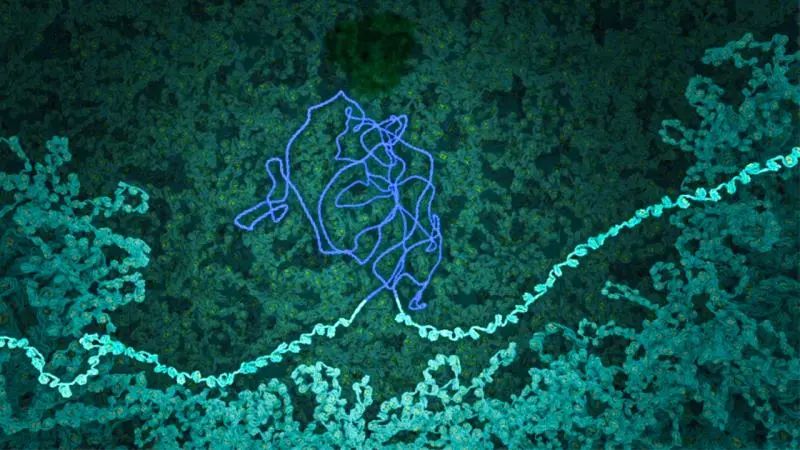
Like all retroviruses, HIV integrates its genetic material into the human chromosome, where it creates a “repository” where the immune system cannot detect and antiretroviral drugs cannot be done.
Nevertheless, where HIV is hidden will produce different results. This year, a study of 64 HIV elite controllers revealed that the virus load in their bodies was still very low without antiretroviral drugs, which revealed the importance of the virus’s position in integration into the genome.
Researchers say that although a new understanding of these “elite controllers” will not directly lead to the cure of AIDS, it opens up a new strategy to allow other infected people to live decades without treatment.
The first room temperature superconducting decent world

Since the first discovery of superconductivity in 1911, the search for superconductors that can be achieved at room temperature has been the goal of many scientists.
Previous studies have shown that hydrogen-rich materials can raise the superconducting temperature to about minus 2 degrees Celsius at high pressure. This time, in the latest study, American scientists raised the temperature of zero resistance to 15 degrees Celsius, but this was achieved in a photochemical synthesis ternary hydrogen sulfide system at a pressure of 267 billion Pascals. This discovery has promoted the research of room temperature superconductors – such materials can bring about major technological changes and save a lot of energy.
10
Birds are smarter than people think.
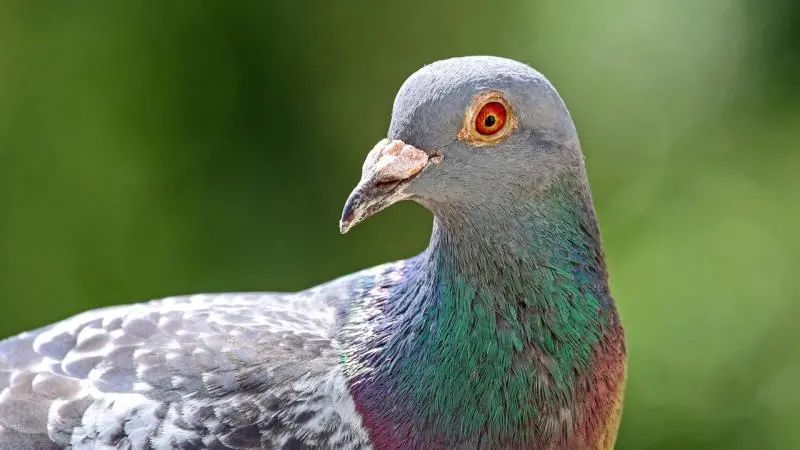
Two studies published this year show that birds are smarter than we think. One of the studies shows that part of the bird brain is similar to the human cerebral cortex, the source of human intelligence. Another study shows that the crow is more aware than researchers think, and it may be able to think consciously.
This “sensory consciousness” is a basic form of human self-consciousness. Its presence in birds and mammals shows researchers that some form of consciousness can be traced back to 320 million years ago and to our last common ancestor.
This year, people around the world have experienced a pandemic together. As Camus wrote in his masterpiece Plague: “There can be no true kindness and noble love without insight”, and science is the key to obtaining insight and the hope of mankind to defeat the epidemic.


